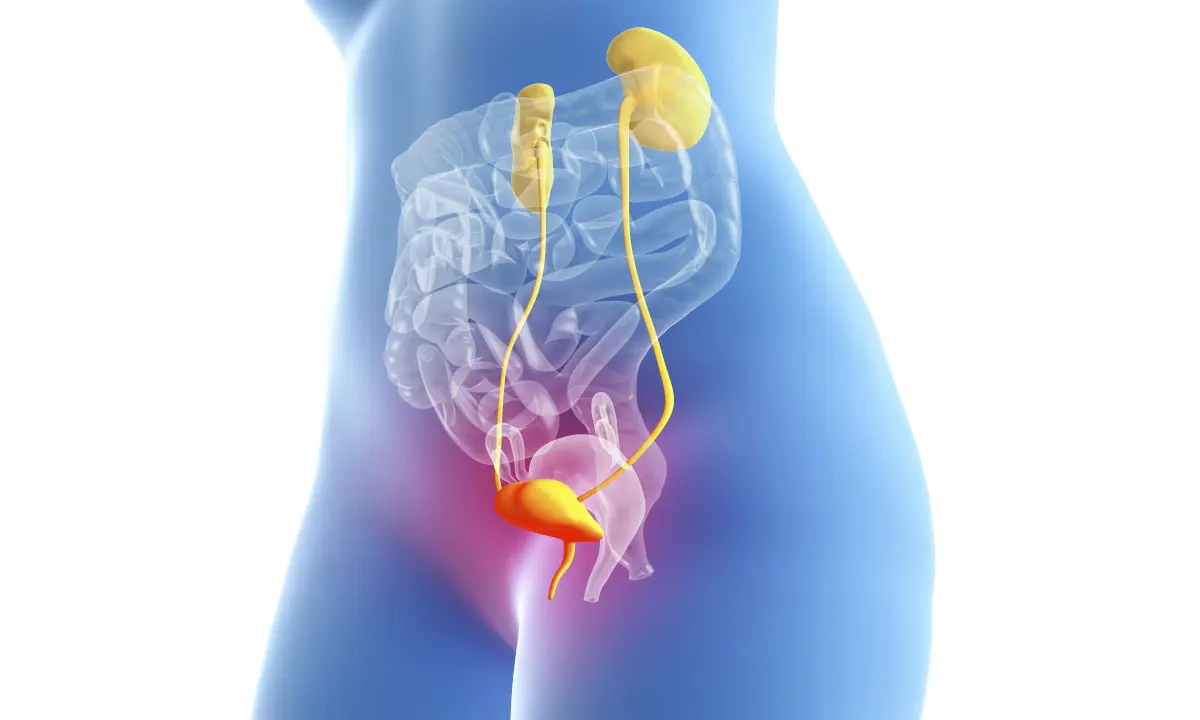Click here to read the original article by Sebastian Krawiec
A recent animal study1 found that a proprietary blend of herbal extracts called Urox, manufactured by the Siepel Group (Bisbane, Australia), helped reduce symptoms of overactive bladder. In the mechanism of action study conducted by urology researchers at the Medical University of Warsaw, 60 rats were divided into four groups: 1) control, 2) received retinyl acetate (RA) to induce bladder overactivity, 3) received Urox (840 mg per day for 14 days), and 4) combination of RA and Urox.
Results showed that subjects in group four saw a decrease in basal pressure and detrusor overactivity index, as well as increases in threshold pressure, voided volume, intercontraction interval, and bladder compliance, compared to group two. While group two experience significant elevations in c-Fos expression in the neuronal voiding centers, expression of c-Fos in group four was normalized. Similarly, group two experienced elevations in biomarkers found in bladder urothelium (CGRP, ATP, malondialdehyde, 3-nitrotyrosine, TRPV1, and OCT-3) urine (BDNF and NGF), and bladder detrusor muscle (VAChT and Rho kinase), as well as a decrease in permeability markers. In group four, it appears that administration of Urox normalized the abnormally elevated biomarkers induced by RA in group two.
“This independent Mechanism of Action (MOA) study confirms what I expected when designing the Urox ingredient formula,” said Tracy Seipel, founder and CEO of the Seipel Group, in a statement responding to the study. “As a practitioner and formulator, I developed Urox with a holistic approach, taking into consideration the multiple contributing factors for healthy bladder function including the bladder detrusor muscle, pelvic floor muscles, bladder lining, collagen strength, bladder nerve function and normal effects of aging on the bladder. I selected and researched the herbal extracts based on traditional use and my clinical experience, and refined the formula with substantive research, so it’s no surprise that this research verifies my understanding of how Urox works. What is surprising, is that with limited European distribution we had no idea that the Medical University of Warsaw was studying our material. The results could not be more encouraging for the future of Urox.”
Reference
- Zapała, Ł et al. “New kid on the block: the efficacy of phytomedicine extracts Urox in reducing overactive bladder symptoms in rats.” Frontiers of Molecular Biosciences, vol. 9 (June, 21, 2022), https://doi.org/10.3389/fmolb.2022.896624














